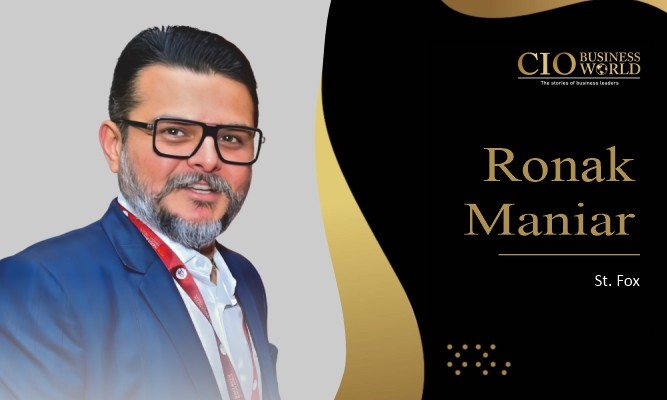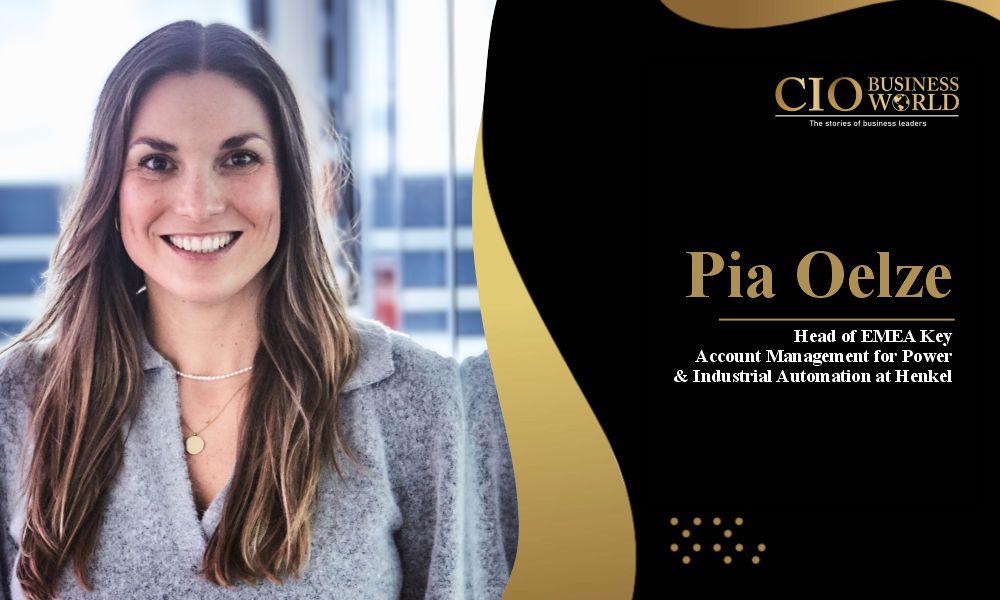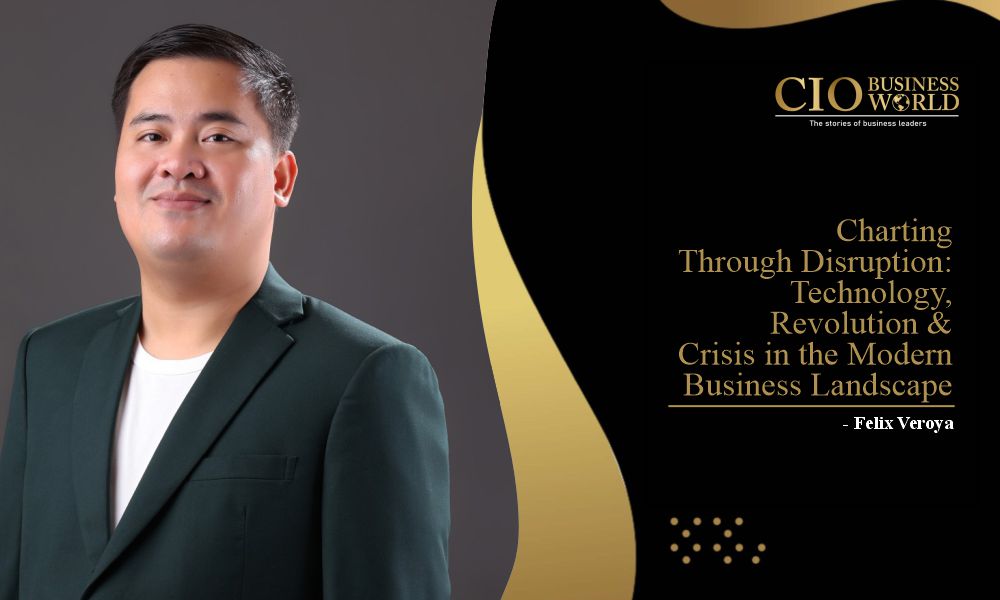In a world where digital trust is fragile, and the stakes of innovation are higher than ever, cybersecurity is no longer just about defense. It’s about building the foundation for human progress. We sat down with Ronak Maniar, Founder and Managing Director of St. Fox, to discuss his vision of cybersecurity as a catalyst for trust, resilience, and well-being.
Ronak, your philosophy centers on “reimagining cybersecurity as a catalyst for trust, resilience, and human progress.” What does that mean in today’s digital world?
Cybersecurity today is so much more than firewalls and compliance. Think about Post-Quantum Cryptography (PQC). Quantum computers will one day break the encryption we rely on today. If we don’t act now to upgrade our cryptographic systems, we risk undermining the very trust that powers digital banking, healthcare, and governance. At St. Fox, we see PQC as part of building resilience into the fabric; it’s our current priority for a future-proof approach.
And then there’s Agentic AI—AI systems that don’t just respond, but act autonomously. They can help us achieve incredible efficiency, but without careful design, they can also introduce bias, make opaque decisions, or create new vulnerabilities. It’s our responsibility to guide how these systems are integrated, ensuring they reflect human values, in addition to technical capabilities.
You speak of shifting from “threat response” to “trust engineering.” How does that look in practice?
It’s a complete mindset shift. Traditional cybersecurity is often reactive; we wait for something to go wrong, then we fix it. But with the speed of change today, from AI-driven phishing to quantum threats, that’s no longer good enough.
Trust engineering means designing systems that anticipate these risks. It means embedding cryptographic-agility so organizations can transition seamlessly to quantum-resistant algorithms. It means creating AI frameworks where decisions are transparent, auditable, and aligned with ethical standards. And it means always asking: Are we protecting people as much as we’re protecting systems?
How do you see Agentic AI reshaping human behavior and mental health, especially in the workplace?
Agentic AI will significantly change workplaces, offering both opportunities and challenges for employees’ well-being. While these systems free up time by automating repetitive tasks, they can also lead to decision fatigue, stress, and a sense of detachment as employees shift to overseeing AI.
Organizations must design AI tools that augment human judgment, not replace it. Crucially, they need to support their workforce through mental health resources, AI collaboration training, and fostering a culture of critical inquiry and continuous improvement in AI integration. And Post-Quantum Cryptography—why should leaders care right now?
Because the risk isn’t theoretical. Quantum computing is advancing rapidly, and once it crosses that threshold, today’s cryptographic protections could be undone. Sensitive data that’s stolen today could be decrypted tomorrow.
PQC is about future-proofing. We’re helping clients start that transition now by adopting algorithms like “CRYSTALS-Kyber” and “Dilithium,” and designing systems that can evolve as standards mature. This isn’t just a technical upgrade, but also about preserving the digital trust that underpins business, government, and society.
How can leaders balance the drive for innovation with the need to protect well-being?
Leaders need to find ways to balance innovation with well-being by recognizing the inherent connection between technology and humanity.
Every AI and cybersecurity decision impacts people, so well-being safeguards must be integrated into technology strategies. This involves designing transparent and accountable AI systems, offering mental health support for teams in complex digital environments, and fostering workplaces where individuals feel trusted, empowered, and included as we collectively navigate these transformative changes.
If you could leave boards and CXOs with one message about cybersecurity in this new era, what would it be?
My core message to boards and CXOs about cybersecurity in this transformative era is simple yet profound: “Cybersecurity isn’t just a cost center—it’s the bedrock of fearless innovation and an enabler of growth.
As we navigate the complexities of quantum computing and generative AI, the strategic choices you make today in cryptography, AI governance, and workforce support will determine your organization’s future resilience and success. Cybersecurity is far more than mere compliance; it’s the vital enabler that empowers you to confidently seize new opportunities and drive groundbreaking advancements in this evolving digital landscape.
Tell us about the VIGILE Framework and why it’s central to your vision.
VIGILE Framework: Validate, Identify, Guard, Implement, Learn, Enhance
The VIGILE Framework at St. Fox is our way of combining global best practices like NIST CSF, MITRE ATT&CK, and CIS Controls with AI-driven threat intelligence, predictive analytics, and generative AI remediation. It’s a proactive system designed to adapt to evolving threats, validate risks continuously, and enhance resilience in real-time. It helps organizations shift from static security to dynamic, adaptive defense
What is the 3R approach at St. Fox, and why does it matter?
Cybersecurity is now a boardroom conversation, and the Board is asking the CIOs, CISOs (C DPOs, DGOs now) these simple yet difficult to answer questions:
1. What’s our current Cyber Risk Profile and how sure are we about it?
2. If we’re breached, what’s our organization’s Resilience? What’s the immediate impact we will see on our business and how the Organization will react?
3. Finally, what’s the Business Value or Return of our company’s investments in Cybersecurity, Data, Audit and Privacy programs?
At St. Fox, we have aligned and mapped our Professional Services, Consulting and Delivery Orgs to an integrated 3R layered approach which helps our technical decision makers confidently address these boardroom conversations on: “Risk, Resilience and Return.”
You often refer to St. Fox as a tribe rather than a company. What is the philosophy behind that?
We chose the term tribe because it reflects how we work: as a close-knit community bound by shared values, mutual respect, and a sense of responsibility for one another. In a tribe, everyone matters, and everyone contributes to collective resilience. That spirit is core to how we build security solutions and how we support each other as a team.
And finally, why the name St. Fox?
The name St. Fox represents a blend of agility and integrity. Fox is symbolic of adaptability and intelligence, traits that are crucial to cybersecurity. The “St.” reflects our commitment to ethical action and trust. Together, it captures our vision of being both sharp and principled in defending the digital world.
And your personal legacy, what do you hope it will be?
I hope I’ll be remembered for helping people see that cybersecurity can be a force for good. That it can protect dignity, enable innovation, and build a future where technology and humanity move forward together.







